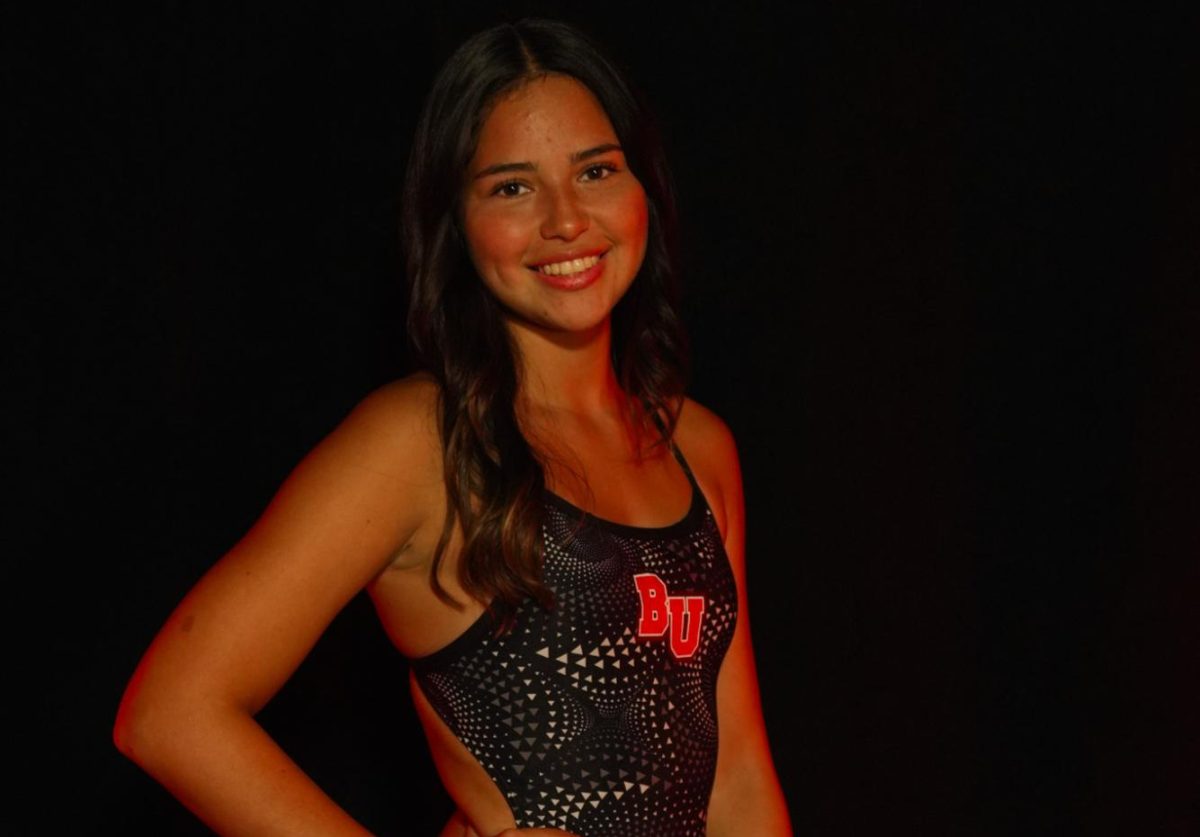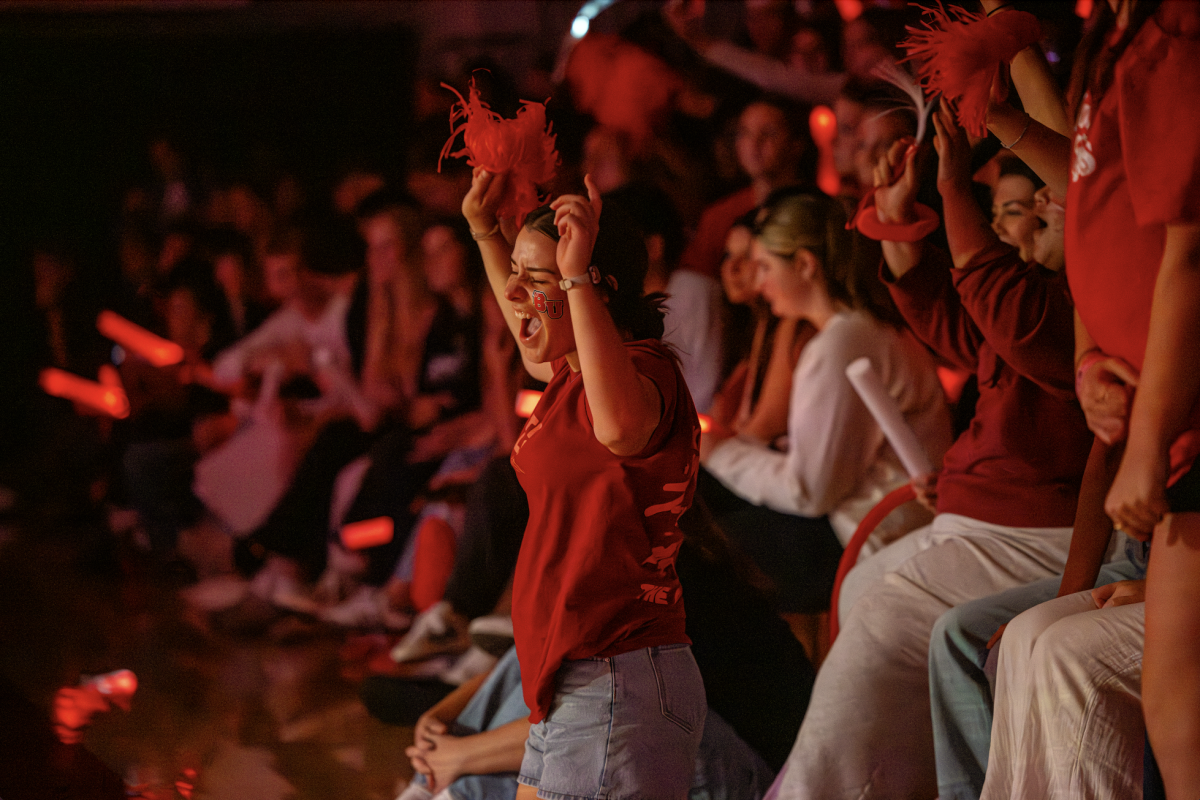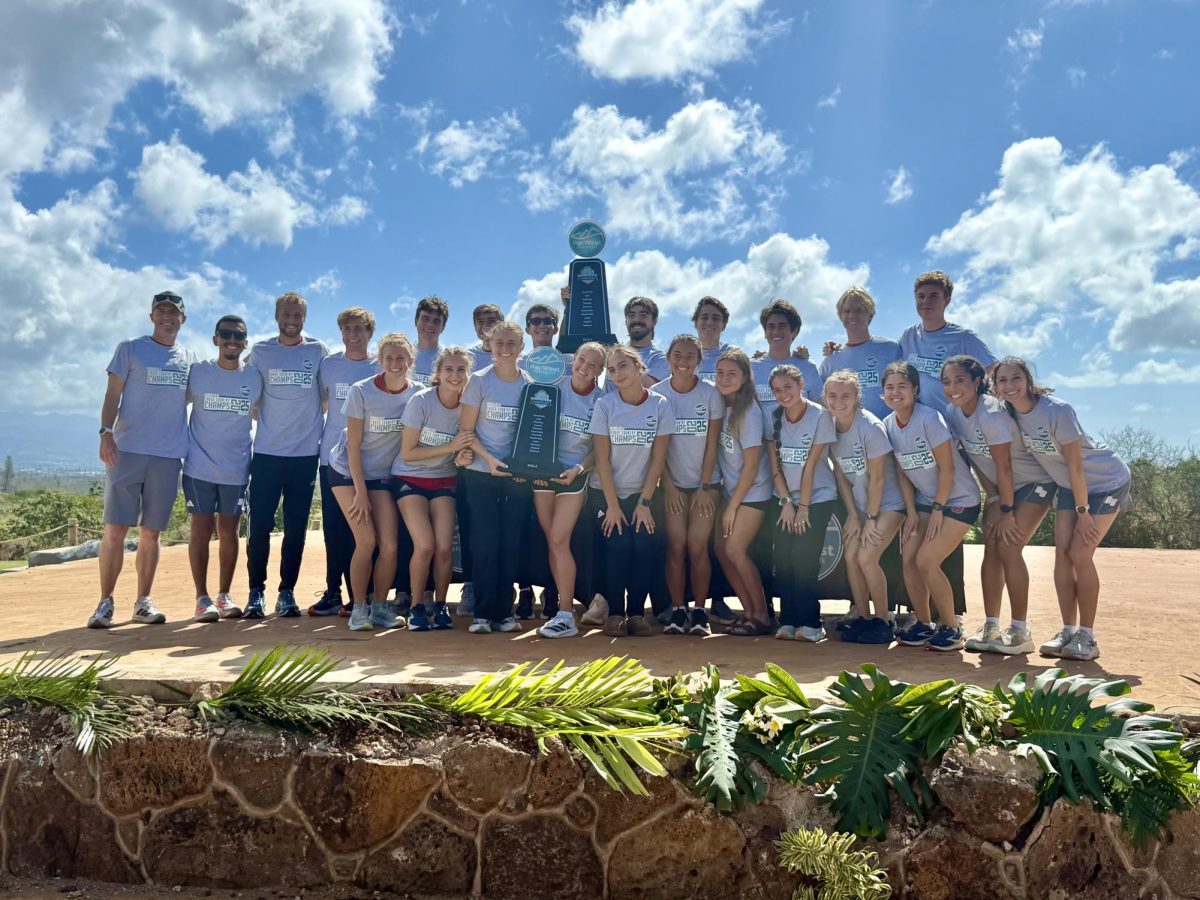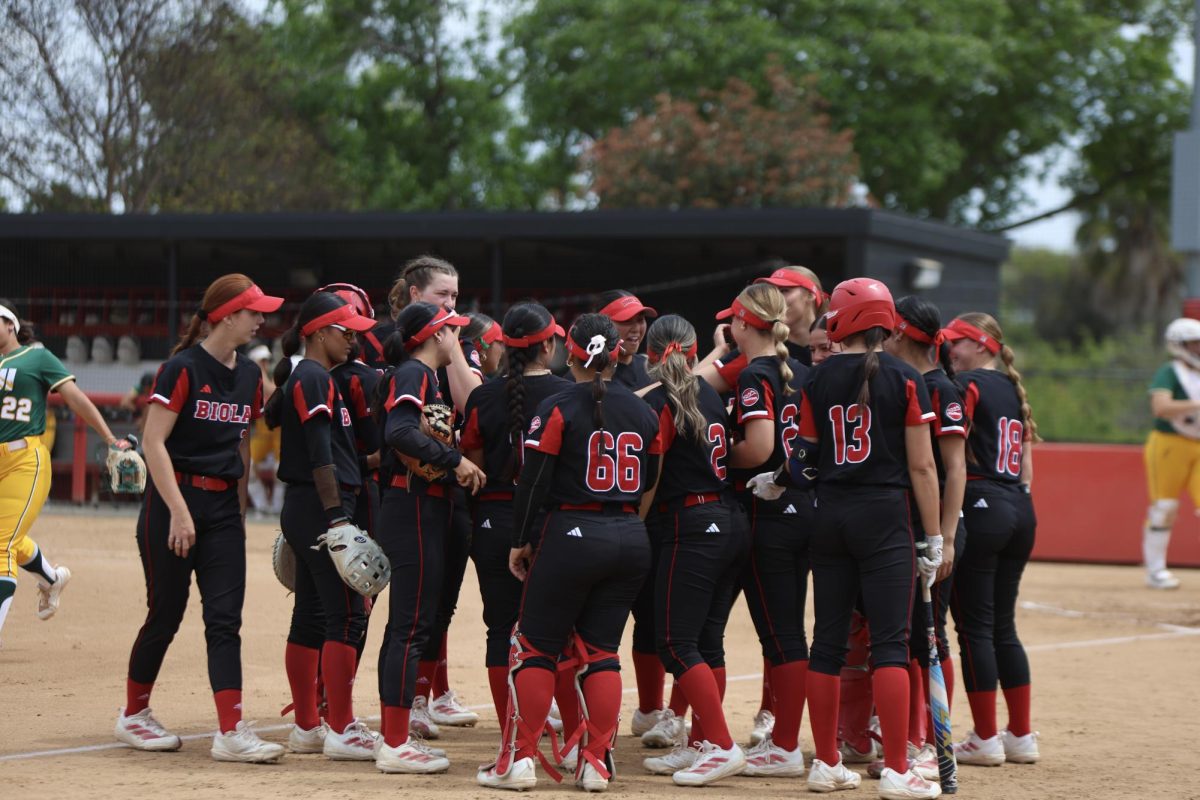
In the past two years, the NAIA’s Golden State Athletic Conference has shrunk by four schools. Two years ago, California Baptist University departed for NCAA’s Div. II. Last season, Azusa Pacific University, Fresno Pacific University and Point Loma Nazarene University made the same decision.
With four small, liberal arts, Christian universities making the move to the powerful name recognition of the NCAA, the question of Biola’s future in the NAIA naturally comes up.
BIOLA FEELS GOOD WITH DECISION
“We feel good about staying in the NAIA at this point,” said Biola’s vice president of Enrollment Management Greg Vaughan.
Vaughan’s office, in conjunction with the athletic director’s office, made the decision to stay in the GSAC.
“For now, we feel good about where we are,” said Biola’s athletic director and head basketball coach Dave Holmquist. “At the same time, we can always be open to what can happen in the future.”
Both Vaughan and Holmquist indicated that the NAIA — at least for the time being — meets Biola’s needs best.
COST NOT WORTH THE BENEFITS
Among the reasons for staying: a one million dollar price tag, annually, to make the jump to NCAA Div. II.
Due to NCAA regulations, all part-time coaches would need to be promoted to full-time positions. Athletic directors in the NCAA are not permitted to double as coaches, so Holmquist would need to step down from his job as athletic director or head coach of men’s basketball. The athletic department would also have to hire a full-time compliance officer to ensure adherence to NCAA's more stringent regulations. Those staffing changes would cost Biola $1,000,000 annually, according to Vaughan.
“We're just not sure the benefits are really there to make that move,” he said.
Additionally, the GSAC arrangement keeps travel times for athletes short, letting them miss less class time. PacWest — the Div. II conference the former-GSAC schools joined, and where Biola would’ve likely gone as well — includes teams in Hawaii and the Pacific Northwest, meaning a much greater travel commitment for student athletes.
However, the benefits of remaining in the NAIA come at cost.
NOT PHASED ABOUT REMAINING IN THE NAIA
Schools that Biola competes against for attracting athletes now have the additional punch of the NCAA’s strong brand attached to their programs.
Coaches aren’t phased.
“I think that Biola's name, academic strength and reputation will overcome a lot of that,” Holmquist said.
Fellow coaches seem to agree.
“Biola University is an easy place to recruit to because of the academic programs, faculty, and great student camaraderie,” wrote Bethany Miller, assistant athletic director and women’s basketball coach, in an email.
So Biola’s ability to draft strong teams of athletes with skill and character remains. But does the quality of competition in the GSAC?
“As far as the conference competition, I think you have to be honest and say that the competition was down a bit this year,” Vaughan said.
Biola’s enrollment is now more than twice as large as that of the nearest GSAC school in attendance figures — Biola’s enrollment sits at 5,942 students, Concordia University Irvine’s at 2,564. Yet competition should remain stiff, especially in postseason play and at the national level. Miller called the GSAC the top NAIA conference in the country.“
The GSAC as it exists today is still well represented at the national level,” Vaughan said. “While we lost some very strong teams, I think we're still a conference to be reckoned with.”
But does he think students are disappointed about the diminished degree of competition and robust rivalry in the new GSAC?
“Yeah,” He said. “I am too. I wish we hadn’t lost those schools.”







